
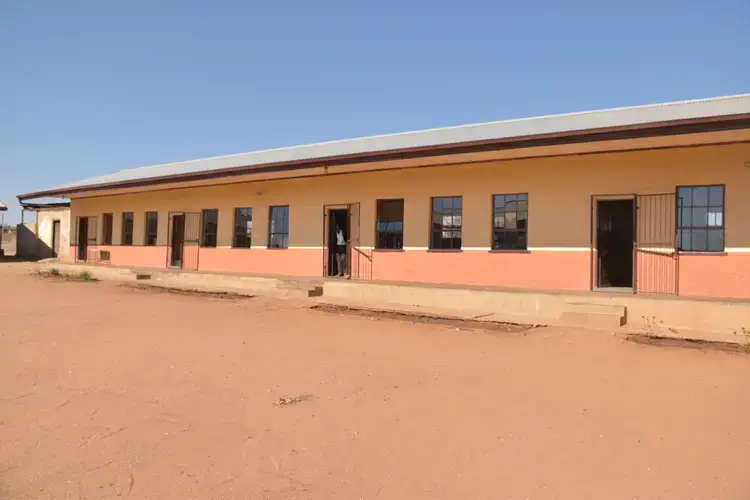
In 2013, the Department of Basic Education introduced “Norms and Standards for School Infrastructure.” These regulations set a November 2016 deadline for all standards to be met. They declared that schools built entirely from mud, metal, or asbestos needed to be fixed by the 2016 deadline.
Poor sanitation, insufficient electricity, and dangerous classroom structures are infrastructure problems found most commonly in rural communities. The Limpopo, Eastern Cape, and Kwazulu-Natal provinces have the highest percentage of these issues.
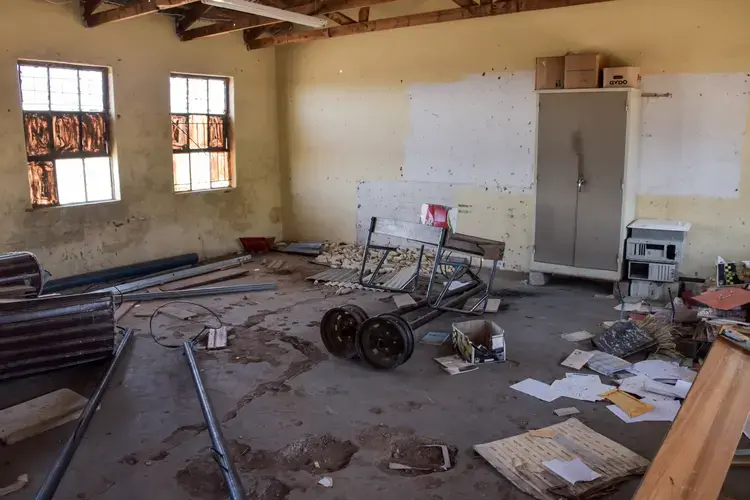
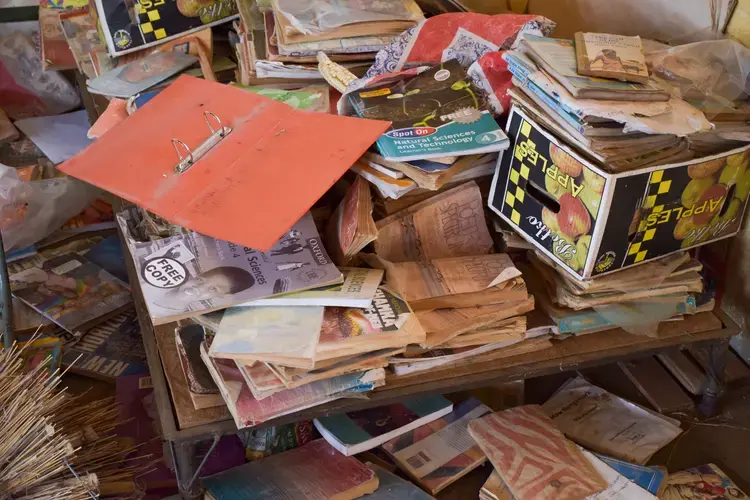
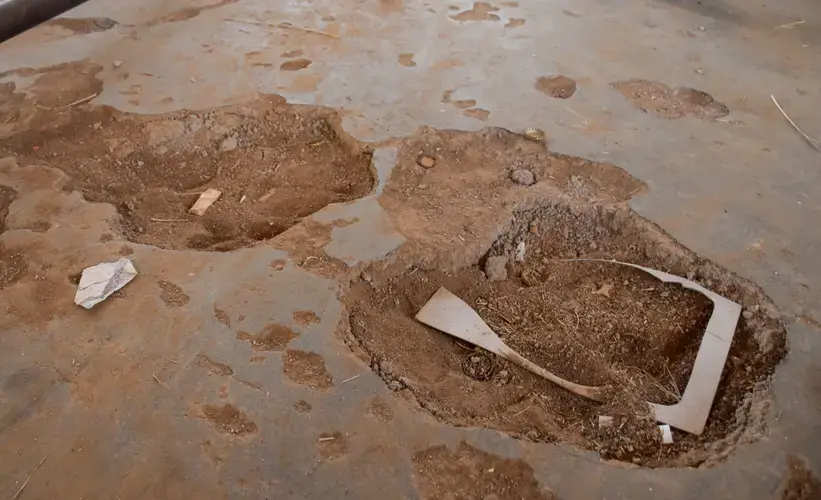
Utjane is one example of the widespread education infrastructure crisis in South Africa. As a Quintile 2 school, Utjane does not charge fees for admission. All its money comes directly from the government. (Schools are categorized in quintiles—Quintile 1 serving the poorest and Quintile 5 the wealthiest.)
“It creates lots of challenges,” explained Shirley Macheke, a Grade R teacher at Utjane, “because [the Department of Education] specifies what the money is supposed to be used for. And when we come to the issue of sanitation that is a big challenge.”
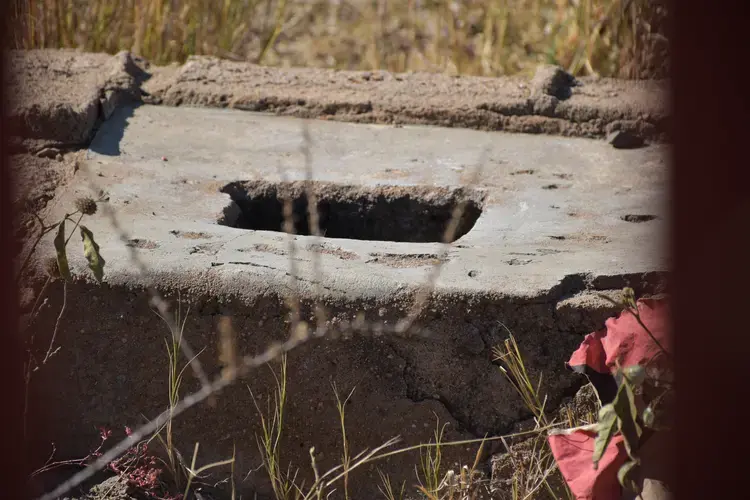
Pit toilets are one of the most pressing infrastructure issues in South African schools. In 2014, five-year-old Michael Komape met a tragic death by falling and drowning in a toilet at Mahlodumela Primary School in Limpopo. In March 2018, five-year-old Lumka Mkhethwa died under the same circumstances at her Eastern Cape primary school.
Following Michael’s death, schools across the province began worrying about pit latrines. The original pit toilets at Utjane were fenced off due to their proximity to the ground and the consequential ease in which a student could fall into the toilet. However, the “new” toilets at Utjane are still pit latrines.
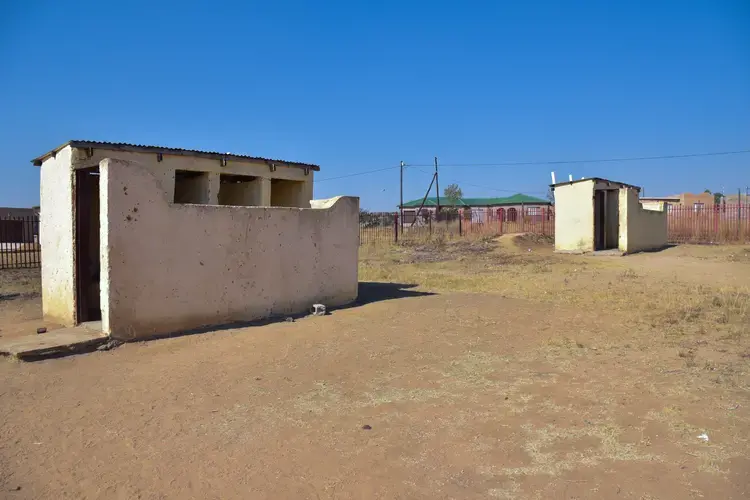
Section 12, Article 4, of the” Regulations Relating to Minimum Uniform Norms and Standards for Public School Infrastructure” states: “Plain pit and bucket latrines are not allowed at schools.”
While there has been a major reduction of pit latrines in South Africa, (a near 25 percent decrease since 2011) the issue is far from resolved. The exact number of pit toilets is disputed—still there are at least 8,000 schools with pit latrines in South Africa. The Limpopo province alone accounts for 2,523 of these schools. Two out of every three Limpopo Schools have a pit toilet.
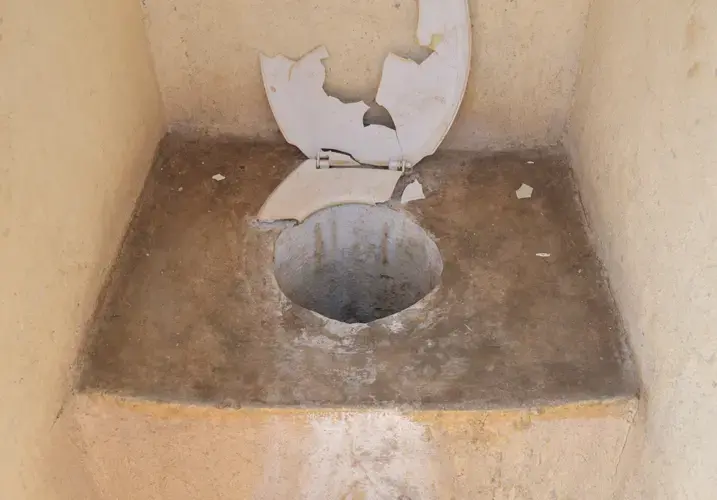
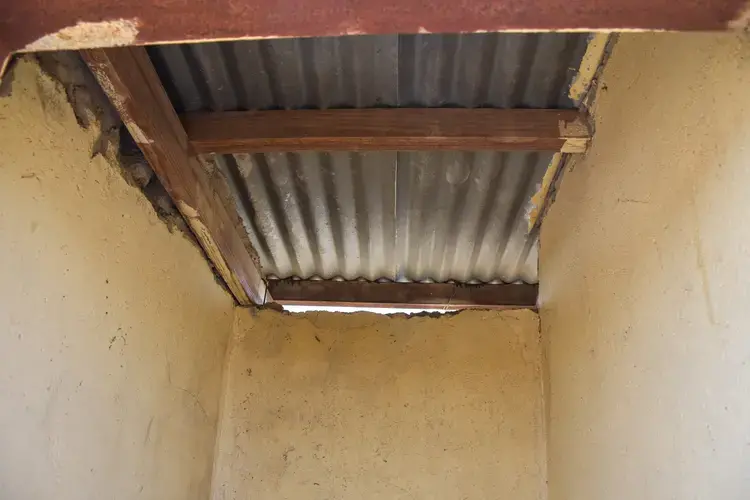
Following the death of Lumka Mkhethwa, President Cyril Ramaphosa gave the department of Education a three-month deadline to devise a nationwide sanitation plan. On August 14, 2018, the President unveiled the “Sanitation Appropriate for Education Initiative” which includes a plan to eradicate pit toilets. However, questions have been raised about the legitimacy of the data collected for this plan and the ability of the government to enact its fourth, and hopefully its first successful initiative to eradicate pit latrines.
The condition of the infrastructure has also infringed on teachers’ abilities to teach effectively. “When the learners have to go to the toilets the educator has to go with the learners and monitor,” pointed out Shirley Macheke. “So if an educator is teaching a grade R (5 to 6-year-old) learner they have to go outside with all those learners, monitor all those learners, and come back to class. The time that is used to go to the latrines is the time that was supposed to be used in the classroom to teach the learners.”
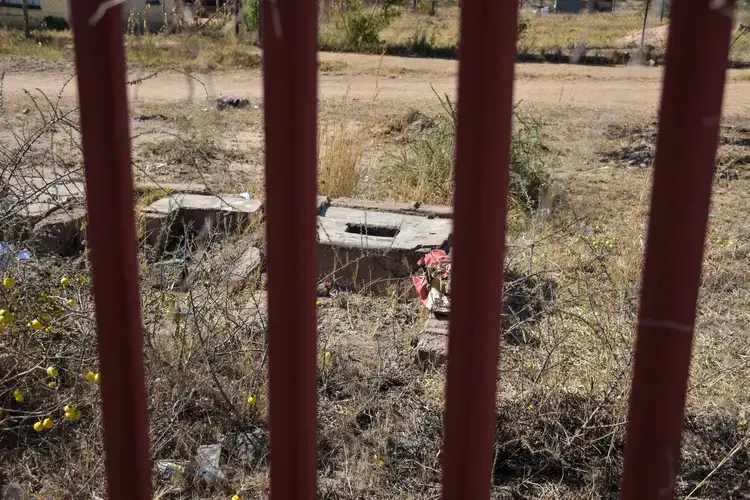
Special thank you to the faculty and learners at Utjane Primary school.
Sources Cited:
- Grant, Laura. “South Africa's Deadly School Toilets.” Passmark - Education Data for Accountability, Passmark, 12 June 2018, passmark.org.za/pit-toilets/.
- Motshekga, Angelina, Minister of Basic Education. Department of Basic Education (2013). Regulations Relating to Minimum Uniform Norms and Standards for Public School Infrastructure.




